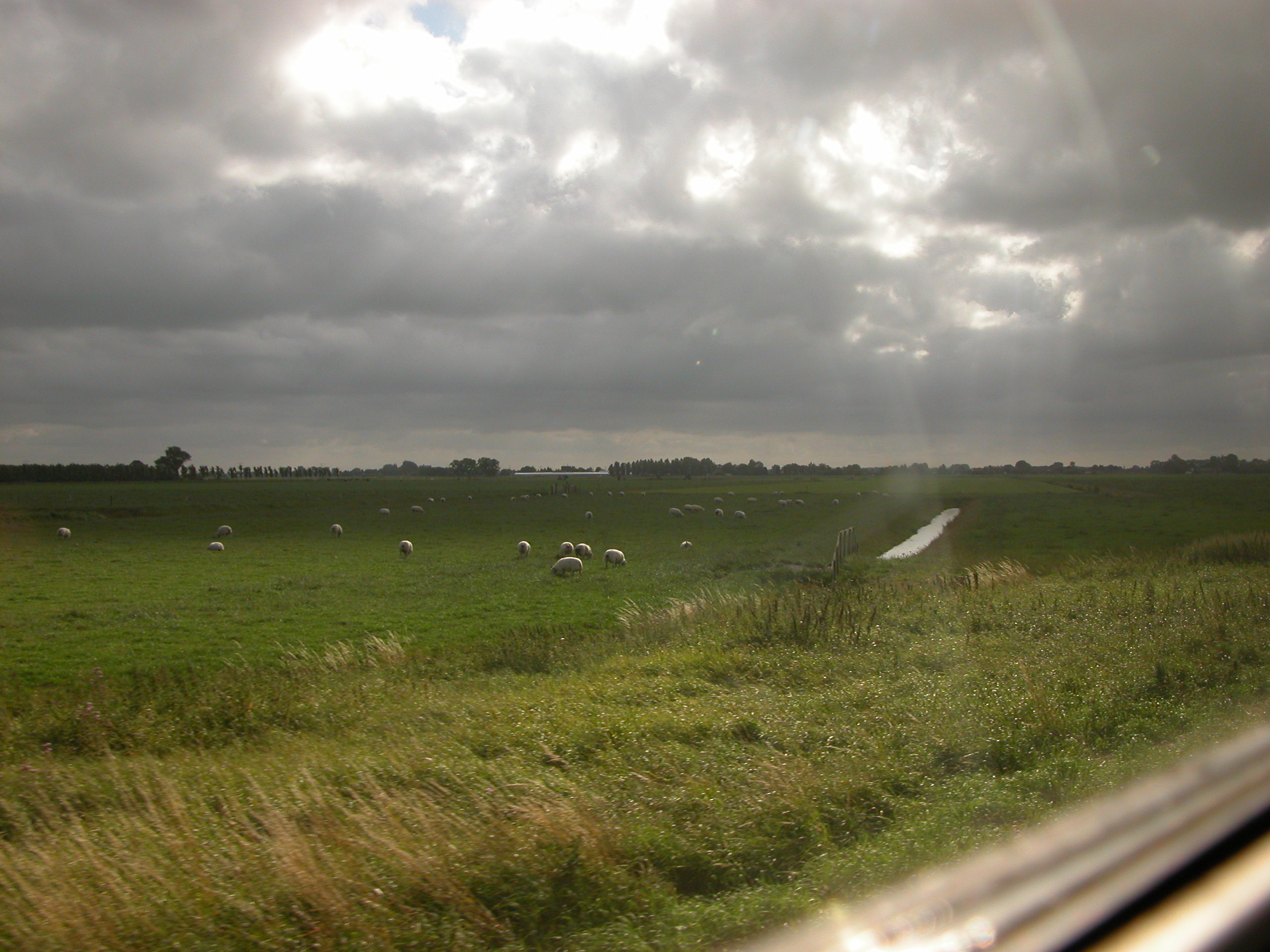
The Auschwitz concentration camp, also known as the “Auschwitz death camp,” was a vast complex of more than 40 extermination and concentration camps operated by the Nazi Germany during World War II and the holocaust. It was established in 1940 and was intended to act as the framework for the systematic annihilation of Jews, as well as other groups considered “undesirables.” More than a million people died at the camp, mostly through death gassing. The camp became a symbol of the holiness of the Nazi regime and the evil of “international Jewry.” Although the word “Auschwitz tour” today is used to describe any place where people were killed, most people use the term “Holocaust” to describe this horrific site.
Even after the end of the war, there was a commemoration period called “The Night of the Jews” in which the camp was decorated in order to show the world the terrible nature of the camp and to show how the victims were treated, sometimes even on a large scale. The scale of the suffering inflicted on the Jews was truly staggering. Most people do not know that during these years, about three hundred thousand people were starved to death in the concentration camp. In addition, many thousands of children were sent to concentration camps as young as six years old.
Even after the destruction of the camp by the advancing Allied forces, there was little effort to erase any memorials to the victims. As late as the 1980s, attempts to build monuments to the victims were denied by the Third Reich. Efforts to build a monument to the “Auschwitz victims” even after the removal of the camp ruins failed resulted in inadequate designs and materials. Some of these attempts have been successful. Others have failed completely.
No memorials to the dead were built in the entirety of the former concentration camp. Remains of the original death camp structures were cleared and rebuilt to cover at least a part of the area where the original camp once stood. The original gas chambers are almost exclusively located in an area now recognized as the Warsaw Ghetto. Today the entire area is recognized as the Museum of the Extermination of the European Jews. The fact is, there were a total of six mass extermination sites in total in the Nazi-occupied Polish territory.
No one really knows the exact number of people killed in these extermination camps. The actual death toll may be much higher than the actual figure. The systematic nature of the extermination process is also unknown. How the victims were gassed is also not known. Although it is generally believed that the Germans used cyanide gas to kill their victims, no precise proof exists to support this belief. The reason for this is that no traces of such gases can be found in the remains of any concentration camp.
The most popular symbol of the extermination of the European Jews is the gas chamber. The “iron rod” which supposedly found its way out of the gas chamber has come to be a symbol of the camp. The camp was indeed a place of great cruelty and murder. Many people who survived the camp have described the feeling of helplessness as they tried to defend themselves against the sadistic activities of the camp staff. In the camp itself, many victims died by suffocation in the gas chambers.
Another concentration camp that came to be remembered in Europe is Dachau. This was a German prison camp for the treatment of political prisoners. Thousands of people died in the camp, mostly Jews. Some of them may have been killed by the camp guards while trying to escape from the camp. Some of the inmates of Dachau died of typhoid fever caused by poor sanitary conditions in the concentration camp.
No matter what camp we consider, the mass killing and systematic extermination practiced by the Germans in their concentration camps are crimes against humanity. This crime is listed in the Geneva Protocol and the Holocaust Remembrance Act. This is why it is a crime against humanity when a government, or a group of governments, does not bring to justice those responsible for these acts. There have been many trials and convictions of the German concentration camp commandos, but many more people are still rotting in the death camps.
